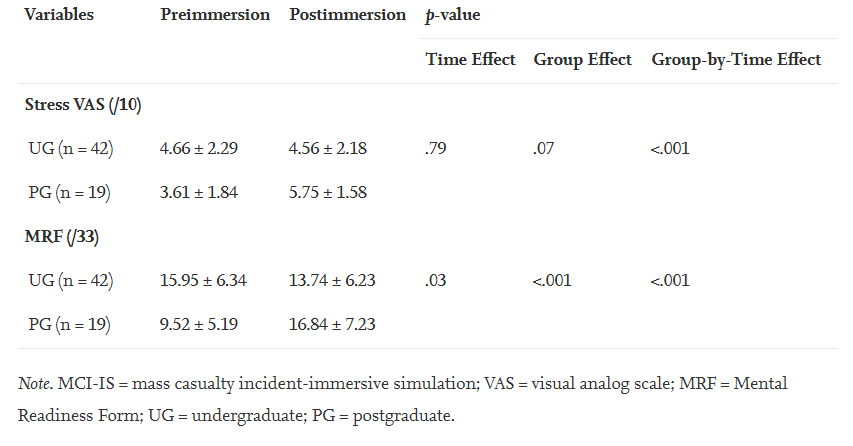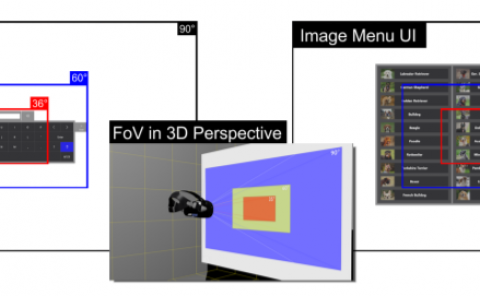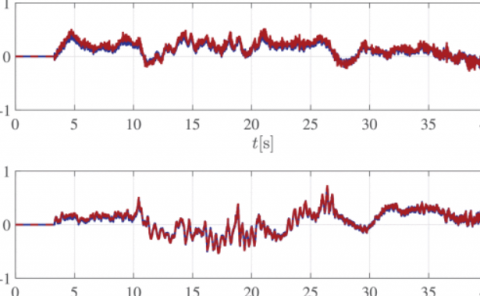Virtual Reality Experience: Immersion, Sense of Presence, and Cybersickness
PubDate: Jan 2020
Teams: University of Liege;The University of British Columbia;Cégep de Sherbrooke
Writers: Jean-Christophe ServotteMSc(Assistant)abManonGoosseMPsy(Assistant)aSuzanne HetzellCampbellPhD(Associate Professor)cNadiaDardenneMSc, BiostatisticianaBrunoPiloteMSc(Assistant)dIvan L.SimoneauPhDeMichèleGuillaumePhD(Professor)aIsabelleBragardPhD(Lecturer)abAlexandreGhuysenPhD(Professor)ab
PDF: Virtual Reality Experience: Immersion, Sense of Presence, and Cybersickness

Abstract
Introduction
Virtual reality (VR) is a recent topic in healthcare education. Little is known about the factors affecting the immersion and the sense of presence in VR. This study aimed to understand the elements that influence the sense of presence among undergraduate healthcare students and postgraduate (PG).
Methods
Undergraduate healthcare students (n = 42) and PG (n = 19) were immersed in a mass casualty incident–immersive simulation. Participants completed questionnaires before (immersion propensity, stress) and after immersion (sense of presence, stress, cybersickness, and satisfaction). The qualitative component of the study provided the context for the quantitative results.
Results
The sense of presence was high among both groups but higher among PG (p = .02) and was positively correlated to immersion propensity (r = 0.36; p < .001). The level of cybersickness was low despite a discomfort induced by the VR material. A significant group-by-time effect was found for stress (p < .001). Stress levels increased more in the PG through the immersion without effect on the sense of presence.
Conclusion
In accordance with the results, the mass casualty incident–immersive simulation induced a high level of sense of presence and a low level of cybersickness. The sense of presence was correlated with the individual immersion propensity.


